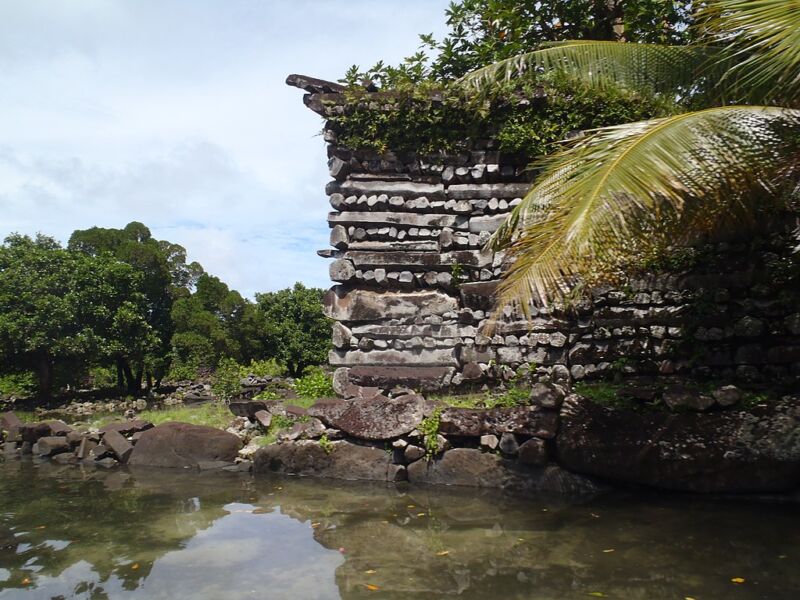Enigmatic canal-filled ruins may have been above water when built

Enlarge / The distinctive ruins at Nan Madol. (credit: Patrick Nunn / Wikimedia Commons)
Even by the standards of enigmatic ancient ruins, Nan Madol is strange. Constructed primarily of "logs" made of volcanic rock, the site consists of dozens of small artificial islands separated by canals that are flushed by the tides. It's built on the shores of the Micronesian island of Pohnpei, which has an enigmatic history, seemingly remaining unpopulated as islands to the north and south were settled during the Polynesian expansion.
Now, a team of researchers is offering a single explanation that accounts for many of these oddities: The island of Pohnpei is slowly sinking, taking evidence of an earlier settlement beneath the waves. And, if their estimate of its subsidence is accurate, Nan Madol would have been above the waves at the time of its construction.
Ups and downsThe human expansion into the scattered islands of the Pacific started over 3,000 years ago and primarily took place upon two parallel routes north and south of the equator. The southern route was peopled by the ancestors of the Polynesians, while the northern route was derived from people who likely originated in the Philippines. There were islands between the two along the equator, but those weren't settled until roughly a thousand years later when the descendants of the first wave expanded from the islands they had initially populated.